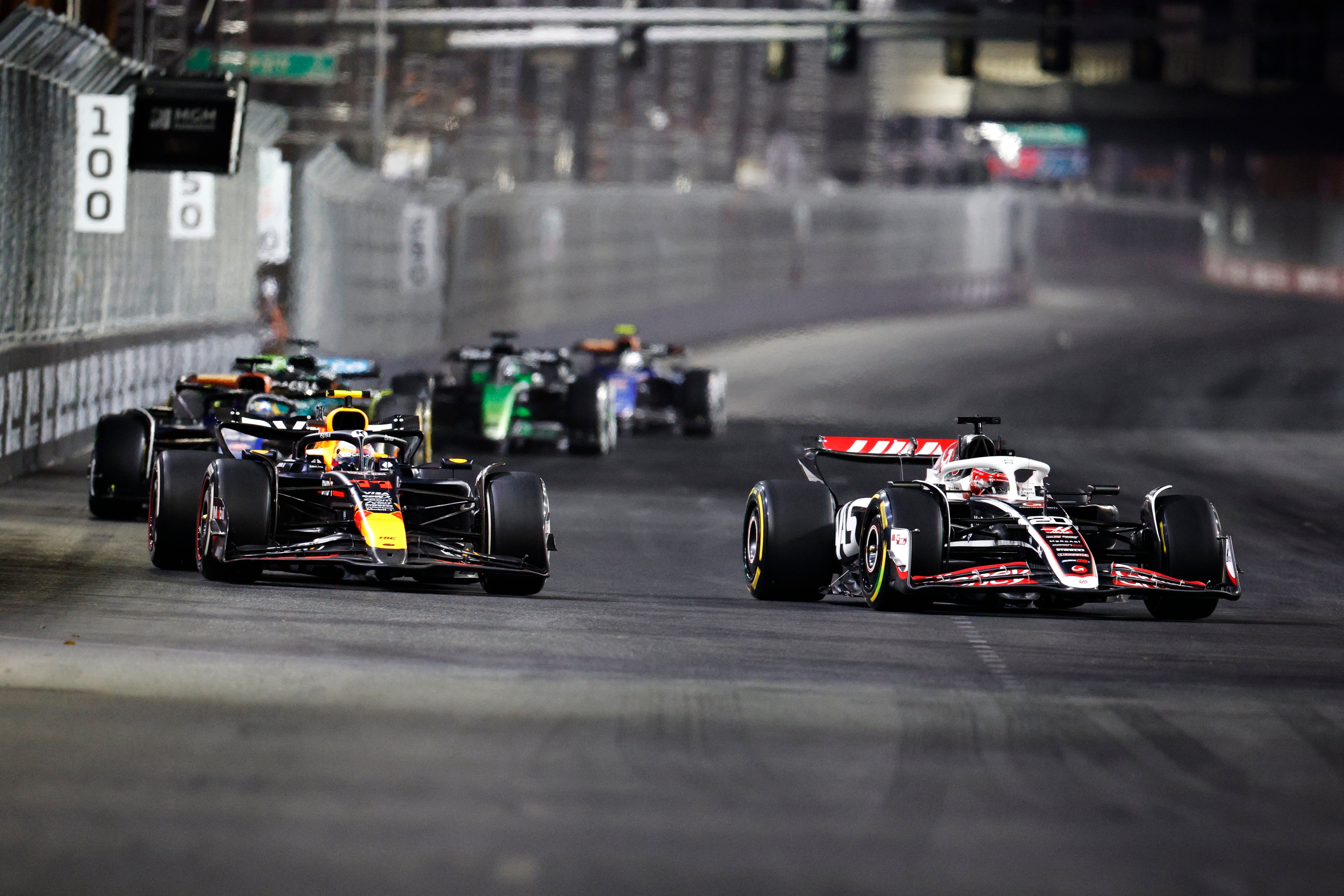What is DRS in F1, what does it stand for and how does it work?
The rear-wing speed boost effectively makes it easier for cars to overtake on long straights
The term ‘DRS’ is frequently used on a Formula 1 race weekend, both in the commentary box and out on the racetrack.
Following its introduction in 2011, DRS has become a vital part of the sport. However, in a surprising move, F1 cars will no longer use DRS from the 2026 season (when new engine and chassis regulations are enforced) and will instead use an “active aerodynamics” system to aid overtaking.
DRS stands for Drag Reduction System and is an adjustable part of the rear wing which, when opened, improves speed by 6-7.5mph (10-12km/h). That doesn’t sound like a lot but when cars already travel at around 220mph (350km/h), it can make all the difference on a long straight.
Drivers are only allowed to use DRS under certain conditions: the system is only enabled after the opening lap of the race and drivers must be within one second of the car in front in order to activate it.
Drivers can also only use DRS within certain ‘zones’ around each track, which are usually found on the straights.
DRS is also disabled by race control during wet-weather conditions.
The first race of the 2025 season, the Australian Grand Prix at Albert Park in Melbourne, sees four different DRS zones in use, with two different “detection points.”
This means drives get a “double helping” of DRS in order to improve the chances of an overtake.

When cars are closer together, all within one second of each other, a scenario is created which is known as a ‘DRS train’, in which the benefits of the system are effectively cancelled out as it is available to several drivers at once.
Drivers can use DRS if they are within a second of a car on the track irrespective of position; so the frontrunners could use DRS when they are about to lap a car.
Electronic timing loops in the track surface accurately measures the distance between two cars. Drivers are informed by a flashing light on their steering wheel that DRS can be activated, pressing a button to open the rear-wing.
DRS is also used in F2 and F3.



Join our commenting forum
Join thought-provoking conversations, follow other Independent readers and see their replies
Comments